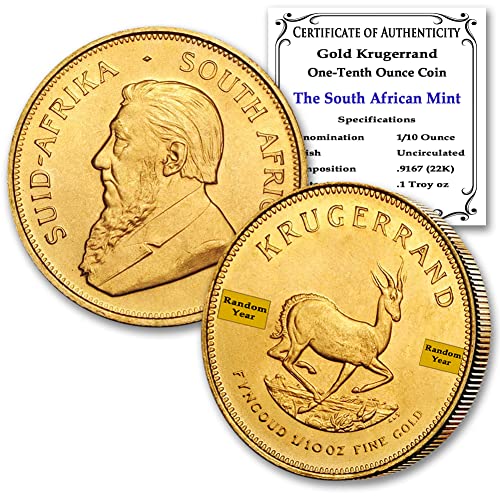Gold Coins vs. Bullion: Key Differences and Investment Considerations
Introduction:
Gold has always held a special allure, a symbol of lasting value and a popular choice for investment, offering stability and the potential for growth. But when it comes to investing in gold, you’ll encounter different forms, most notably gold coins and gold bullion. These aren’t interchangeable; they have distinct characteristics and investment implications. Let’s explore the key differences between gold coins and bullion to help you decide which might be the better fit for your financial goals.
Gold Coins:
Definition and Types:
- Definition: Gold coins are essentially legal tender, meaning they are officially recognized currency issued by governments or mints. They come in various denominations (face values) and often feature beautiful designs, sometimes with historical or culturally significant figures and symbols.
- Types: Think of iconic coins like American Gold Eagles, Canadian Maple Leafs, South African Krugerrands, and Chinese Pandas. Each has its own unique design, gold content, and sometimes, collectible appeal.
Investment Advantages:
- Collectibility: Many gold coins are highly sought after by collectors. Factors like rarity, the artistry of the design, and their historical connections can give them a “numismatic premium” – value beyond just the gold content.
- Liquidity: Gold coins are generally quite easy to buy and sell. They’re well-known and accepted in the global market, making them relatively liquid assets.
- Portability: Gold coins are small and easy to handle and store. This makes them convenient if you want to keep physical possession and perhaps transport them.
Investment Considerations:
- Premium Over Spot Price: Gold coins typically cost more than their pure gold value. This “premium” covers minting costs, dealer markups, and any collectible value.
- Storage Costs: While portable, a substantial collection of gold coins might require secure storage, like a home safe or safety deposit box, which adds to the overall cost.
Bullion:
Definition and Types:
- Definition: Bullion refers to gold in its most basic, refined forms – bars, ingots, or rounds (discs). It’s produced by refineries and comes in various weights, from small 1-gram pieces to hefty 1-kilogram bars.
- Types: Common forms include 1-ounce, 10-ounce, and 1-kilogram gold bars. Rounds are often similar to coins in shape but are produced by private mints and don’t carry a face value.
Investment Advantages:
- Lower Premium: Bullion generally has a lower “premium” over the spot price of gold compared to coins. You’re paying closer to just the value of the gold itself, making it a more cost-effective way to invest in larger quantities of gold.
- Purity: Bullion is often available in very high purities, like 24-karat gold (99.99% pure). This is appealing to investors solely focused on the pure gold content as an investment.
- Scalability: Bullion comes in various sizes, allowing you to easily adjust your investment amount – you can buy a small 1-gram bar or a large 1-kilogram bar depending on your needs.
Investment Considerations:
- Storage Requirements: Larger bullion bars, especially, need secure storage. Safety deposit boxes or professional vaults are often necessary, adding to the cost of ownership.
- Liquidity: While bullion is widely recognized, it might be slightly less liquid than common gold coins, especially in smaller local markets. Selling very large bars might require finding specialized buyers.
Conclusion:
Both gold coins and bullion are solid options for investing in physical gold, but they cater to different needs. Gold coins are attractive for collectors and those prioritizing ease of trading and portability, while bullion is often the choice for investors focused on pure gold value and cost-effectiveness for larger investments. Understanding these key distinctions and considering your own financial goals will guide you to the investment choice that best aligns with your strategy.
Sources:
- World Gold Council: https://www.gold.org/ – Provides comprehensive information and research on the gold market, including investment in gold coins and bullion.
- Investopedia: https://www.investopedia.com/ – A financial website offering articles and explanations on investing in gold, including the differences between coins and bullion. Search for “gold coins vs bullion” on their site.
- The Royal Mint (UK): https://www.royalmint.com/ – A reputable mint that produces gold coins and bullion. Their website often has educational content on precious metals investment.








